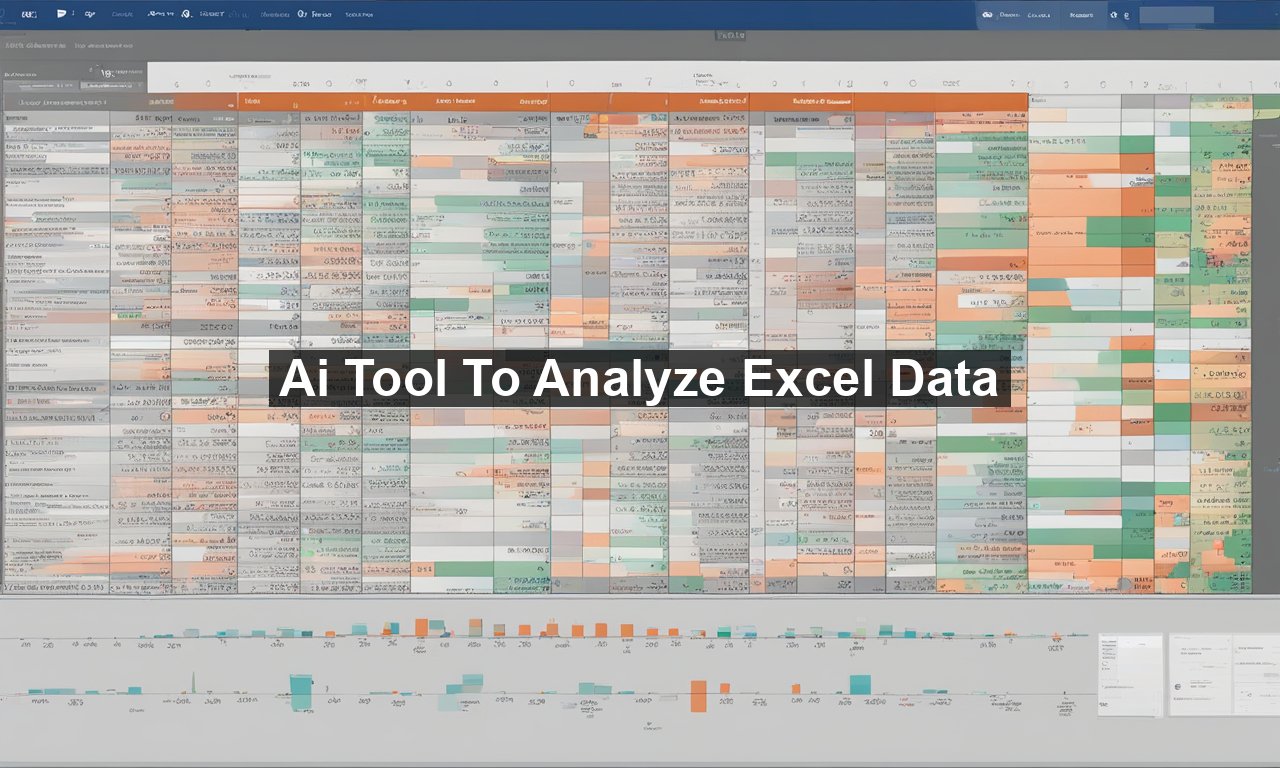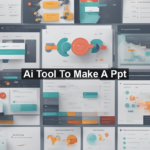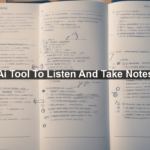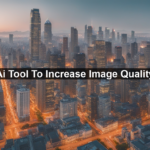Are you tired of poring over rows and columns of Excel data, desperately trying to make sense of it all? Imagine having an all-knowing assistant that can quickly turn your data into insightful reports. The good news is that AI tools can now analyze your Excel data with impressive precision. This post will delve into how AI can revolutionize your data analysis process, answer common questions on the topic, and guide you on leveraging these tools for maximum efficiency.
Why Use AI for Excel Data Analysis?
In the fast-paced world of data management, human error and time constraints often hinder the analytical process. AI tools can mitigate these challenges by:
Common Questions About AI-Powered Data Analysis
How Does AI Analyze Excel Data?
AI algorithms analyze Excel data by identifying patterns and trends that are otherwise difficult to detect. They utilize machine learning techniques to learn from the data and provide accurate insights. This can involve everything from auto-sorting data to running predictive analytics.
Are AI Tools User-Friendly?
Absolutely! Many AI tools are designed with usability in mind, featuring intuitive interfaces that make it easy for anyone to get started, even if you’re not tech-savvy. Platforms like Tableau and Microsoft Power BI offer seamless integration with Excel files, providing user-friendly dashboards for analysis.
What About Data Privacy?
AI tools are built with robust security measures to protect your data. Many adhere to strict compliance regulations, ensuring your data remains confidential. However, it’s essential to choose reputable tools and review their privacy policies thoroughly. [Learn more about data privacy principles](https://www.forbes.com/sites/forbestechcouncil/2020/01/17/data-privacy-how-can-you-guarantee-it/?sh=45d8b9e176d5).
Key Features of AI Tools for Excel Data Analysis
Different AI tools come with a variety of features tailored to specific needs. Here are some common functionalities you can expect:
Data Cleaning and Preprocessing
AI tools can automatically clean and preprocess your data, removing duplicates, filling missing values, and normalizing data formats. This is crucial for accurate data analysis.
Real-Time Analysis
Many AI tools offer real-time data analysis, allowing you to make timely decisions. This feature is especially beneficial for industries like finance and healthcare, where up-to-date information is critical.
Visualizations and Dashboards
AI tools often provide customizable dashboards that visualize data trends through graphs, charts, and other visual aids. This makes it easier to interpret and share findings with stakeholders.
How to Choose the Right AI Tool
Choosing the right AI tool for Excel data analysis can be a game-changer. Here are some factors to consider:
[Check out this guide on selecting AI tools](https://www.smashingmagazine.com/2020/06/guide-ai-tools/).
Top AI Tools for Excel Data Analysis
Here are some popular AI tools that can supercharge your Excel data analysis:
1. Microsoft Power BI
Microsoft Power BI is a leading business analytics tool that provides interactive visualizations and business intelligence capabilities. It easily integrates with Excel, allowing you to pull insights across multiple worksheets and datasets.
2. Tableau
Tableau is widely recognized for its robust data visualization features. Its AI capabilities include natural language processing for querying data and machine learning models for predictive analytics.
3. IBM Watson Analytics
IBM Watson offers a suite of AI-driven tools designed to help you interpret complex data. With its powerful analytics engine, you can uncover trends and patterns that might be missed by manual analysis.
4. Zoho Analytics
Zoho Analytics is an excellent choice for small to mid-sized businesses. It offers data blending, AI-driven insights, and extensive customization options for reports and dashboards.
Getting Started: Implementing AI in Your Workflow
Ready to dive in? Here are some steps to help you integrate AI tools into your workflow:
Harnessing AI for Excel data analysis can dramatically improve your workflow, offering accuracy, speed, and invaluable insights. As technology continues to evolve, integrating these tools will become indispensable for businesses striving to stay competitive.
For more tips on utilizing AI in your daily operations, consider exploring how AI [revolutionizes data analysis](https://builtin.com/data-science/data-analysis).
Remember, the future of data analysis is here, and it’s smarter and more efficient than ever. Happy analyzing!











